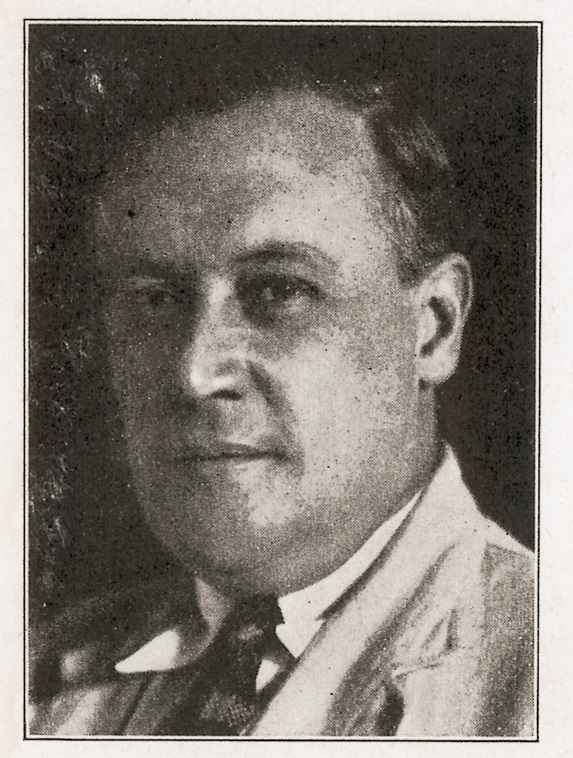Rae Sloan Bredin (1881 - 1933) Works

Rae Sloan Bredin (1881-1933)
Rae Sloan Bredin, short lived at only fifty-two years of age, was unquestionably one of the New Hope Art Colony’s finest painters. His paintings exemplify Pennsylvania Impressionism at its finest hour. His compositions of children, gracious feminine figures, trees and flowers in bloom, and the landscape surrounding the Delaware River were not scenes of imaginary vision, Bredin was content painting the subjects he saw, where and as he saw them. When it came to his craft, Bredin was not a man of imagination, but an accurate interpreter of everyday life. It just so happened that everyday life in New Hope in the teens, twenties, and thirties, especially in the summer months, was a beautiful place to be.
His delicate taste in color and flawless handling of light was, in part, a recipe for success, but it was also Bredin’s innate sense of beauty and charm clearly evident in his work that made for such appealing results.
Often depicted in his paintings were his wife, Alice, his two young daughters, Jean and Barbara, and his only son, Stephen. Many of his landscapes were painted at the family home called “Shadow Lawn”, situated directly on the Delaware River just outside of New Hope. Bredin, the son of a physician, was born in Butler, Pennsylvania, in 1881. He attended the Pratt Institute in Brooklyn, New York, graduating in 1899. He continued his studies at the New York School of Fine Arts under the instruction of William Merritt Chase, Frank Dumond and Robert Henri. While in New York, Bredin befriended fellow students Robert Spencer and Charles Rosen, whom he would later join in New Hope. Later, after New York, Bredin enrolled at the Pennsylvania Academy studying under Thomas Eakins.
Bredin was first introduced to New Hope on a visit to his friend Charles Rosen’s home in 1910. There, he met and later married Alice Price in 1914, who was the sister of the artist, M. Elizabeth Price, and F. Newlin Price, well-known art critic and owner of the Ferargil Gallery in New York City. Shortly thereafter, the Bredins travelled to France and Italy where Rae furthered his studies, and upon their return, purchased a home just north of New Hope.
In 1921, Bredin was made an Associate of the National Academy of Design and taught at the Chase School of Fine Arts in New York. He also became an instructor at the Pennsylvania Academy of the Fine Arts, the University of Virginia, the Philadelphia School of Design for Women, the Trenton Academy, and the Holmquist School in New Hope.
Bredin exhibited widely throughout his lifetime at prestigious institutions and won many awards and medals, including a Bronze Medal at the Panama-Pacific Exposition in San Francisco. He remained a resident of New Hope until his early death in 1933.
His paintings are highly sought after by museums, collectors, and galleries. Because his career was cut short at the age of fifty-two, his body of work is much smaller than many of his contemporaries.
Sources:
- New Hope for American Art by Jim Alterman
- The New Hope Magazine, August 1933. “Bredin Memorial Exhibition”
- The New Hope Magazine, October 1933. “Tribute to Bredin”
- New York Herald Tribune, 10/15/1933. “In Memory of an American Artist, Untimely Lost”.

